Inventions from WPI
WPI is often remarked on for its many inventions that have changed the world. Explore notable WPI alumni that have graduated from WPI.
Students, faculty, and alumni of WPI have changed the world with inventions ranging from liquid-fueled rockets to concrete that heals its own cracks.

A Sustainable Building Material
Cheap and sturdy, concrete is the most widely used building material in the world. But it has its flaws. Prone to cracking and spalling, it needs frequent and costly maintenance. In addition, the process of making concrete is one of the most significant contributors to the atmospheric carbon dioxide that causes climate change. An invention by two WPI professors—Suzanne Scarlata in chemistry and biochemistry and Nima Rahbar in civil and environmental engineering—could change all that. Their Enzymatic Construction Material (ECM) is made with carbonic anhydrase, an enzyme found in most living things. The enzyme pulls CO2 from the atmosphere to make calcium carbonate crystals, the main ingredient in ECM. The new material can be used in construction, much like concrete. It is also self-healing, making new calcium carbonate to fill in any cracks or imperfections that arise over time, while still maintaining its compressive strength. Scarlata and Rahbar also invented a variation on regular concrete that uses carbonic anhydrase to heal itself.
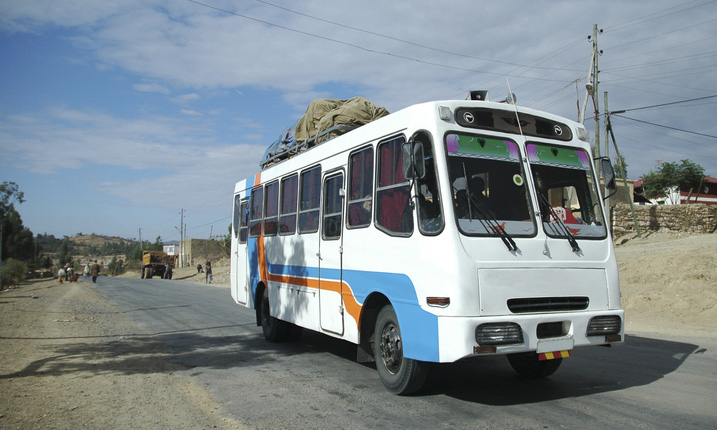
Online Bus Ticketing
Tanzania’s expansive bus network is one of the least expensive ways to get around this East African nation. But for many poorer riders, booking bus travel is a process fraught with risk and danger. Getting to a ticket agent can cost time and money, and when they arrive, Tanzanians may face harassment by unscrupulous agents and fall victim to thieves. Raymond Magambo, who in 2021 earned a master’s in information technology from WPI’s Business School, has a solution: an online ticketing system called Tiketi Rafiki (Friendly Ticket) that allows users to buy tickets with a computer or smartphone app. A native of Tanzania, Magambo launched his business with support from WPI’s Tinkerbox program, which provides seed money and mentorship opportunities for student inventors.
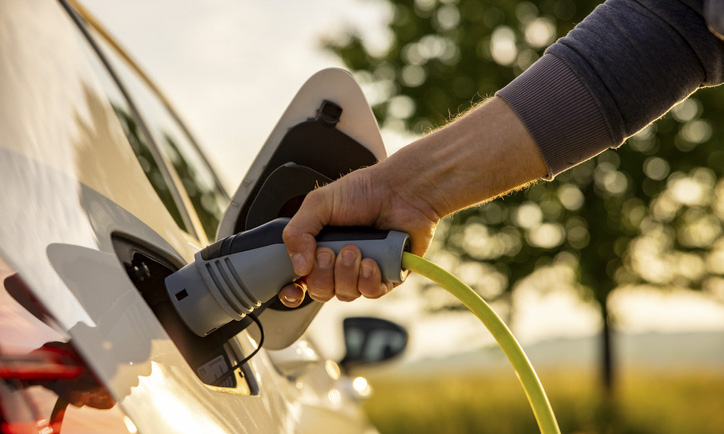
Li-Ion Battery Recycling
Lithium-ion (Li-Ion) batteries, which are found in everything from cell phones to electric and hybrid vehicles, are the go-to power source of our modern technological age. But these essential devices have an Achilles heel: they can be difficult to recycle—in fact, fewer than 10 percent ever are recycled. That means more waste in landfills and more mining for metals like lithium, manganese, and cobalt. But thanks to innovations by Yan Wang, William Smith Foundation Dean's professor of mechanical and materials engineering, a new era in Li-Ion battery recycling has begun. Wang invented a highly effective recycling technique that reuses all components of the batteries. Remarkably, it produces new cathode materials that work better than the originals. His innovations have been licensed by Ascend Elements, a company Wang co-founded, which has built one of North America’s largest Li-Ion battery recycling facility in Georgia.
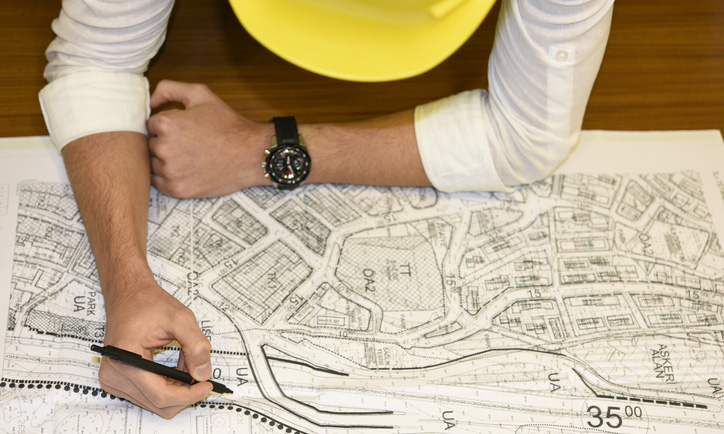
Infrastructure Mapping
Cities and towns need up-to-date information about the state of their roads and related infrastructure, but the current methods for gathering that data are labor-intensive and costly. Cyvl.ai, a company founded by Daniel Pelaez, Noah Budris, and Noah Parker, members of the WPI Class of 2020, and based on technology they developed as WPI undergraduates, offers an elegant and low-cost alternative. The company makes mobile platforms that use technology like LIDAR (light detection and ranging), high-resolution imagery, and GPS to create three-dimensional models of urban areas that let civil engineers and highway and public works departments spot problems that need attention (potholes or missing street signs, for example) and manage the built environment more effectively and efficiently.
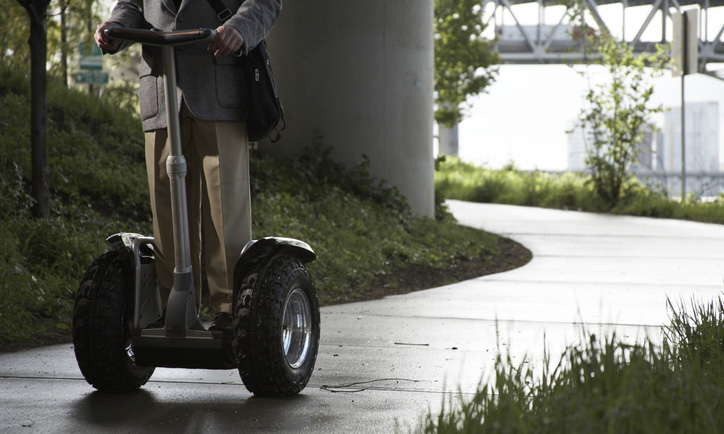
The Segway
This novel means of getting from place to place was the brainchild of Dean Kamen, Class of 1974, founder of DEKA Research Corp. in Manchester, N.H. It uses self-balancing technology first developed for the ibot (another Kamen invention), an amazing powered wheelchair that can traverse rough terrain, climb stairs, and raise the user to standing height. The inventor of the first portable drug infusion pump and the “Luke” prosthetic arm, Kamen may be best known as the creator of FIRST (For Inspiration and Recognition of Science and Technology), which organizes robotics competitions worldwide for K-12 students. Kamen’s many innovations have won him several prestigious honors, including the National Medal of Technology and election to the National Academy of Engineering. and the National Medal of Technology.

High-Definition Television
The sharp, crystal-clear images we’ve come to expect from modern televisions and computer screens owe much to the work of teams led by Curtis Carlson, Class of 1967, former president and CEO of SRI International. As an engineer at Sarnoff Corporation, Carlson formed a team that developed the high-definition television (HDTV) program that became the United States standard. Another team he led designed a system to assess broadcast image quality. Both teams won Technology and Engineering Emmy Awards. At SRI, Carlson contributed to many other innovations, including Siri, the digital assistant found in iPhones and other Apple products. Through Practice of Innovation, a company he founded, Carlson works with companies, governments, and universities to improve innovation through the use of his novel value creation practices.

Liquid-Fueled Rocket
The basic technology that lifts the Falcon 9, NASA’s Space Launch System, and the Saturn V rockets that sent Apollo astronauts to the moon in the 1970s was invented by Robert Goddard, WPI Class of 1908. Goddard was inspired by science fiction writers like Jules Verne to think about how to propel objects beyond the atmosphere and into space. Through research that began while he was still a WPI student, he found a way to mix propellants and liquid oxidizers and burn them in a combustion chamber to create lift. He launched the world’s first successful liquid-fueled rocket in Auburn, Mass., in 1926 and went on to develop, test, and patent many technologies still used in rockets today. NASA honored his pioneering inventions by naming the Goddard Spaceflight Center in Greenbelt, Md., for him.
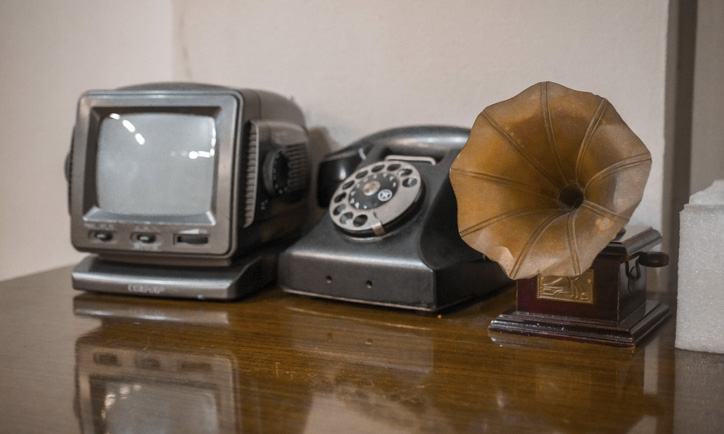
Negative Feedback Amplifier
Reliable long-distance communication is something we take for granted today, but in the early days of the telephone transmitting calls to far-away locations was a technically challenging process. Telephone signals weakened as they moved along the wires, so amplifiers had to be installed at regular intervals. But each amplification distorted the signal, and low-quality calls hindered the growth of long-distance phone service. As a young engineer at Bell Laboratories, Harold Black, WPI Class of 1921, found the solution. He invented an amplifier that fed part of the signal back into the amplifier in negative phase. By comparing it to the original signal, the distortion could be greatly reduced. Black’s invention proved to have applications in many kinds of electrical and electronics. In fact, it has been called one of the most important developments in electrical engineering in the 20th century.
Innovators Welcome
Have an idea? Come to WPI and see how support from The Office of Technology Commercialization can help bring your idea to life. Someday you might be listed among our famous alumni!